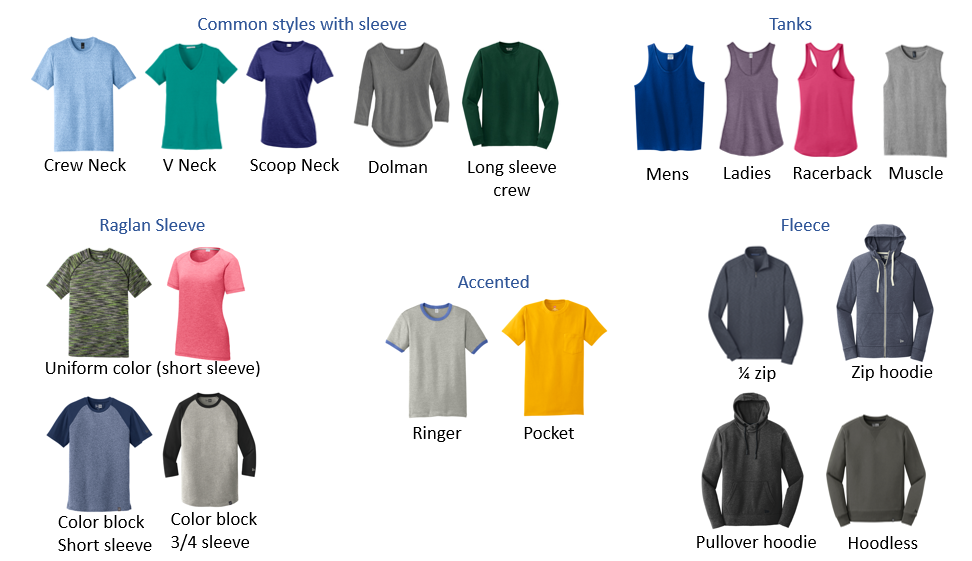Many factors determine your printed tee shirt cost. Most significantly:
1) Style – what cut, fabric type & weight, shirt color(s) and sizes are you looking for? Darker colored shirts tend to be more expensive due to popularity and higher ink costs. There are usually surcharges for plus sizes 2XL and above.
2) Quantity – the price per unit goes down the more you order
3) Artwork – printing pricing is primarily determined by the number of ink colors and print locations
4) Specialty Requests – mixing different color blanks or styles, changing ink colors, pantone matching, custom or variable numbering, texture effects such as holographs or rhinestones, finishing effects such as retail soft process or discharge


